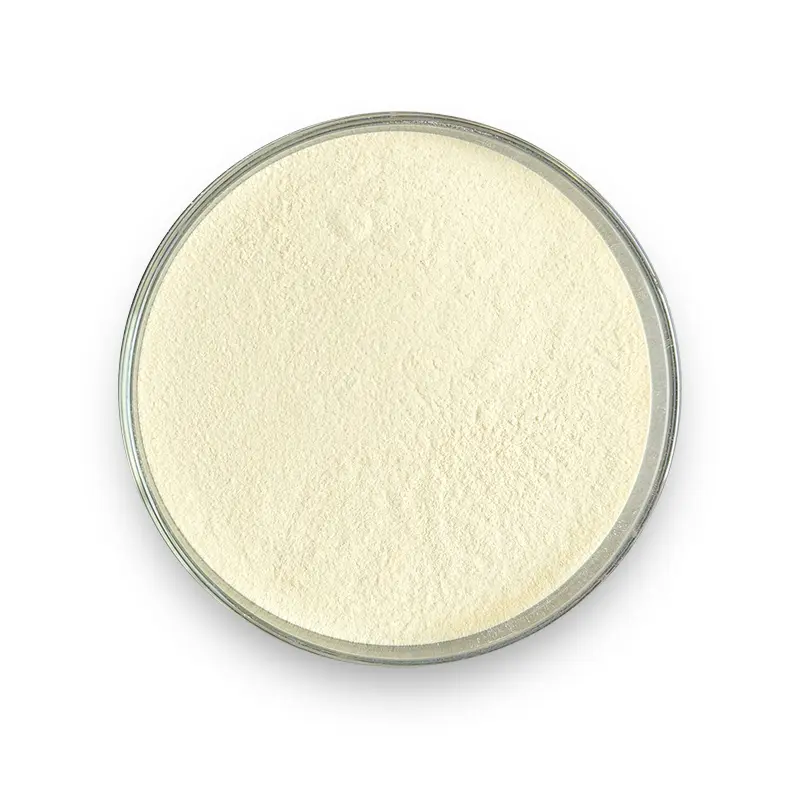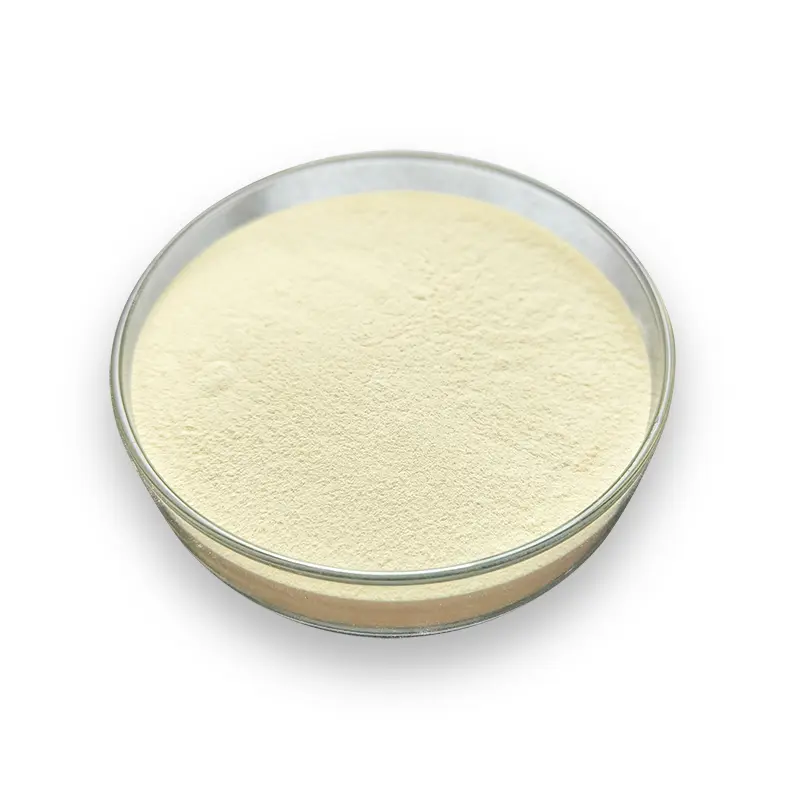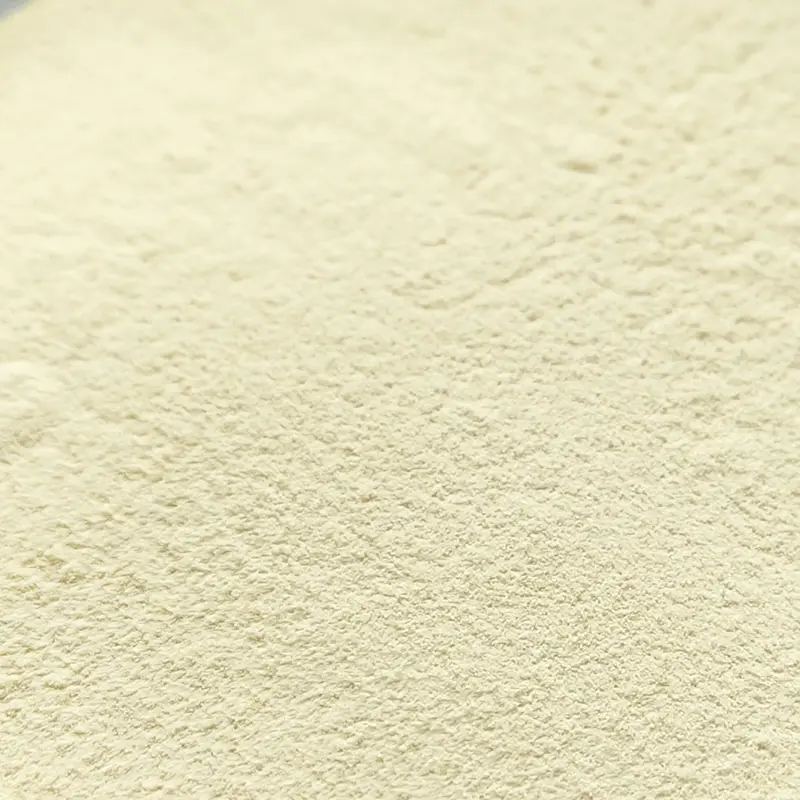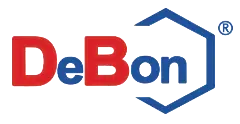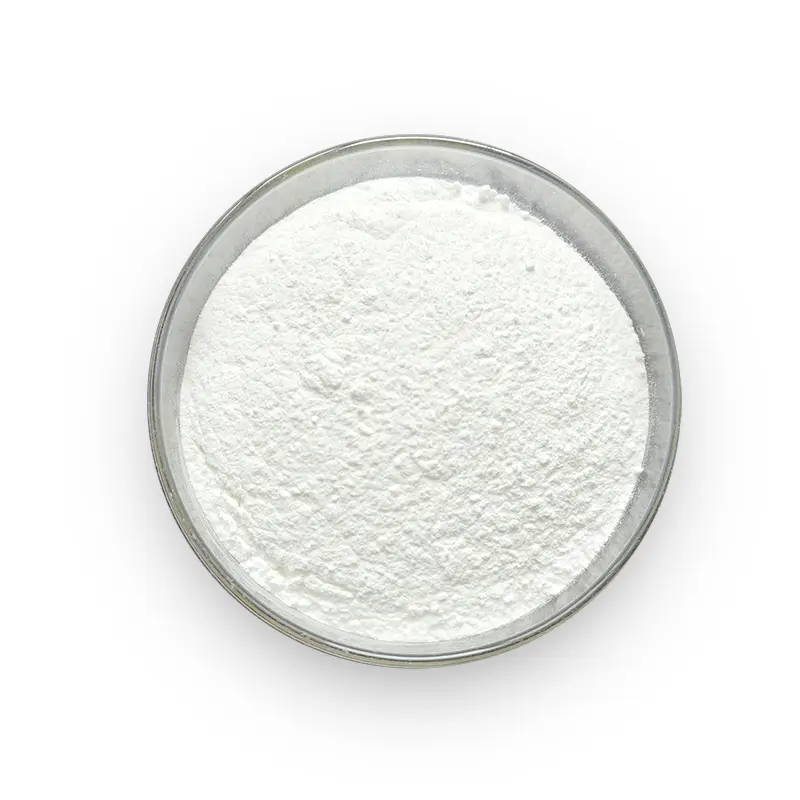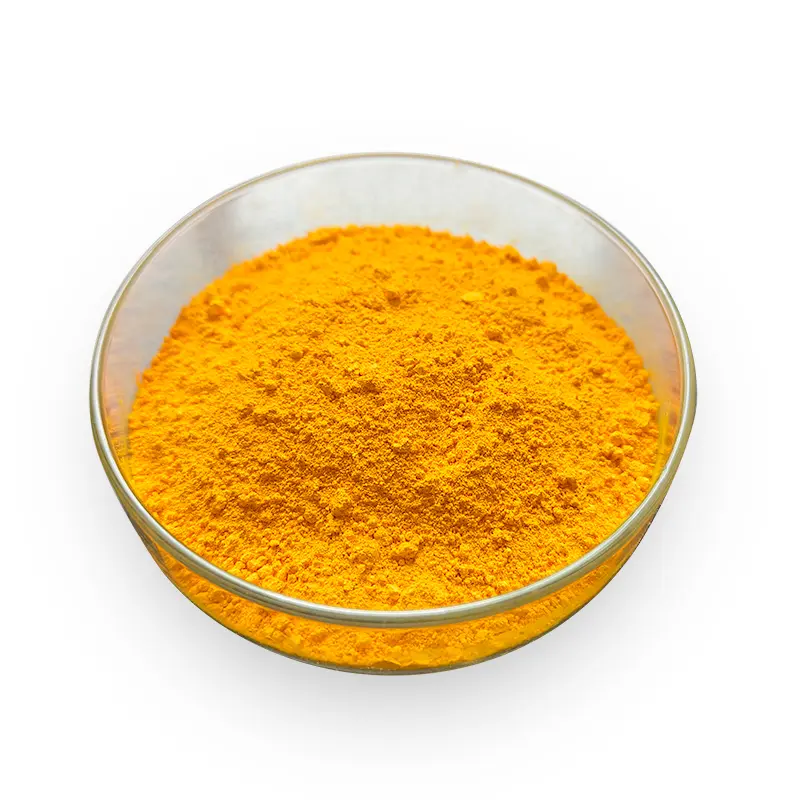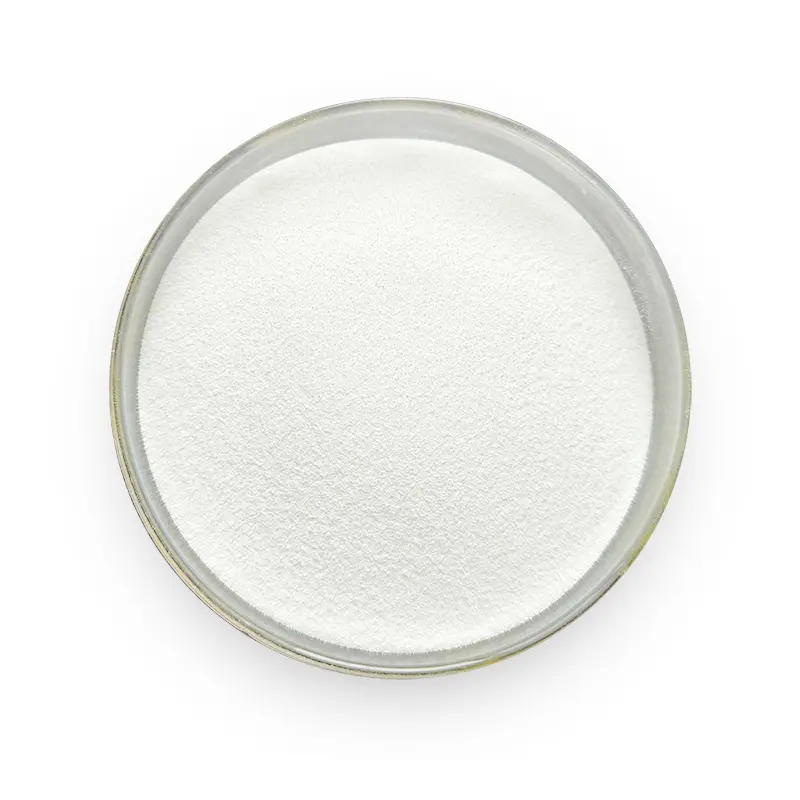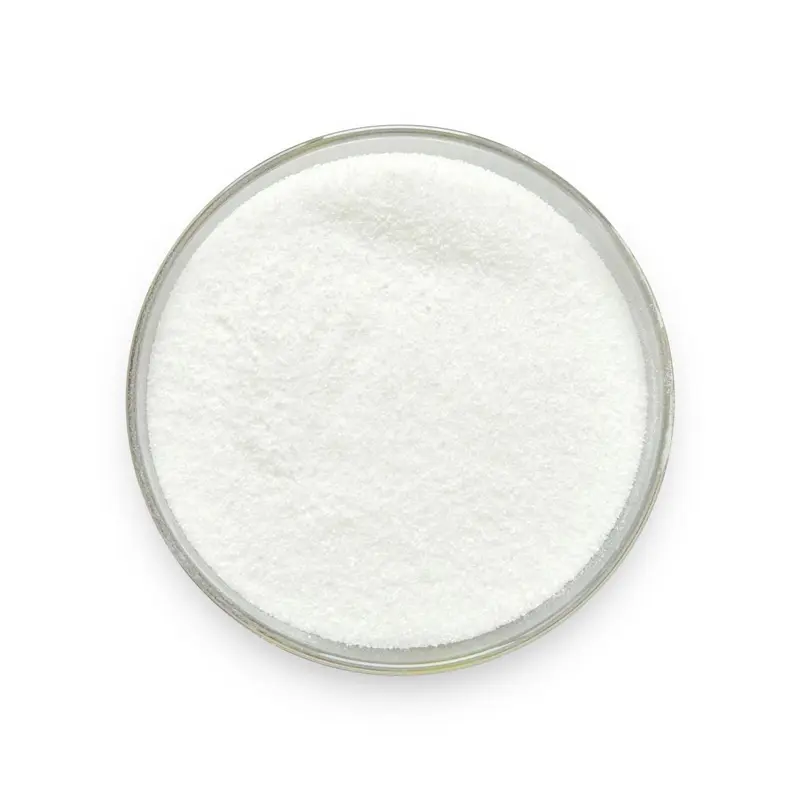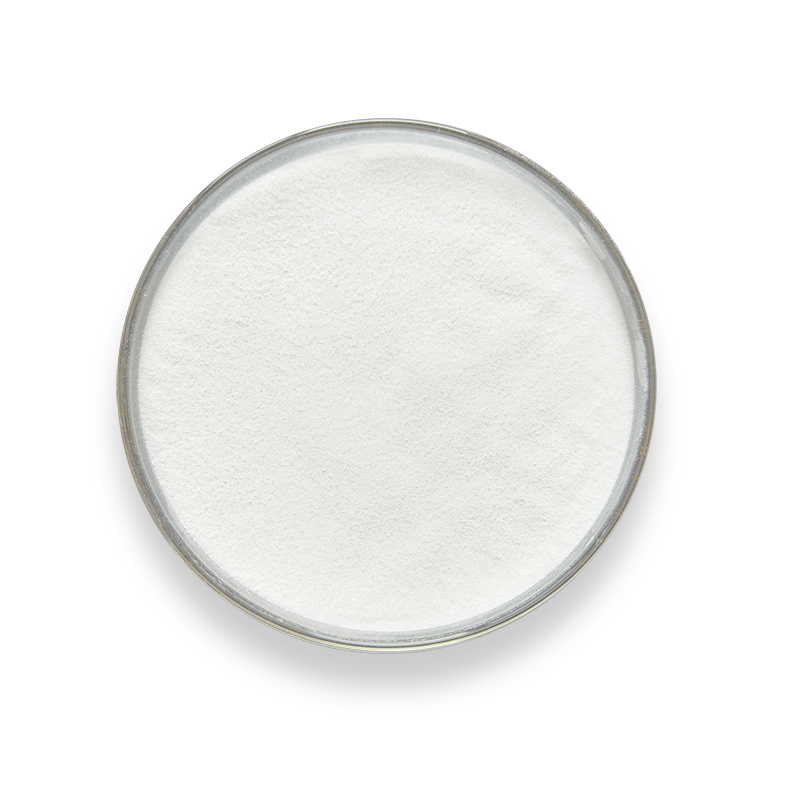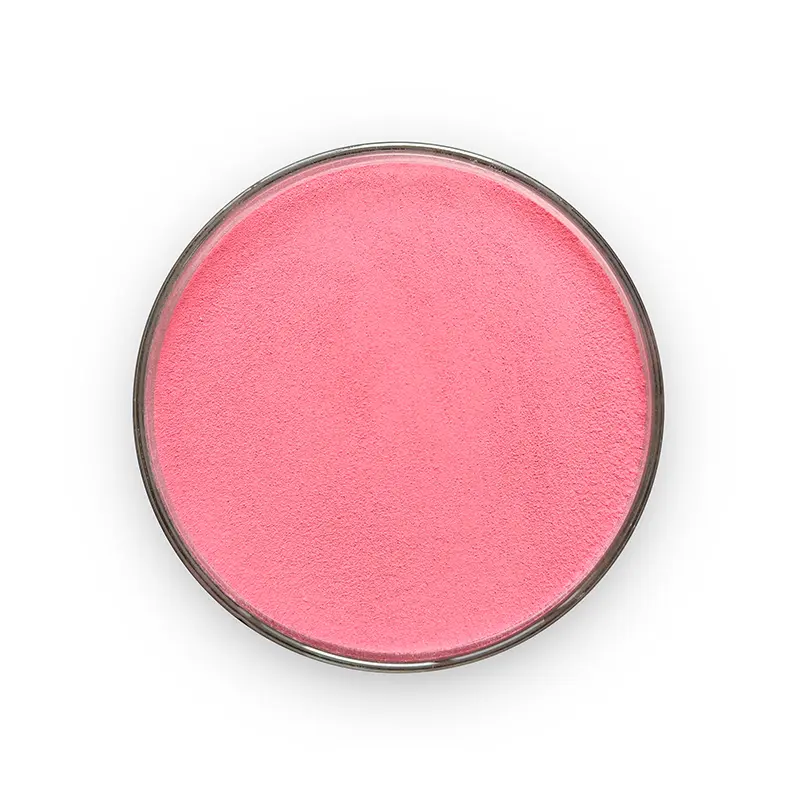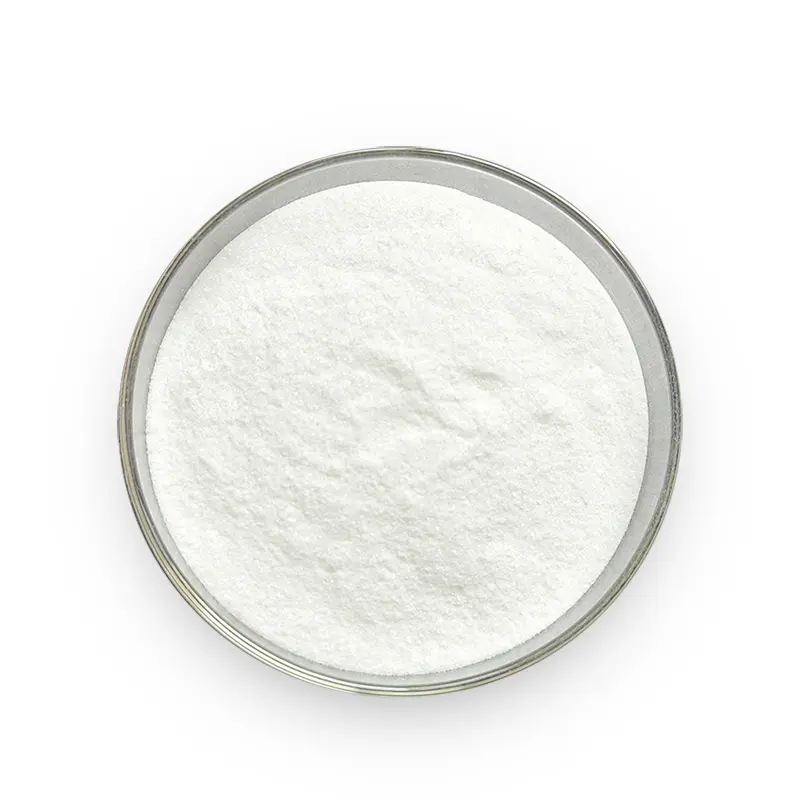DeBon Advanced Stabilized 35% Vitamin C (L-Ascorbic Acid-2-Phosphate) Feed Additive
Product Specifications
| Product Name | Vitamin C (L-Ascorbic Acid-2-Phosphate) |
| Active Ingredient | L-Ascorbic Acid-2-Phosphate (as L-Ascorbic Acid) ≥35.0% |
| Appearance | Off-white to light yellow powder |
| Loss on Drying | ≤10.0% |
| Heavy Metals |
Lead (Pb): ≤10.0 mg/kg Arsenic (As): ≤2.0 mg/kg |
| Phosphorus (P) | ≤2.0 mg/kg |
| Particle Size | Fine powder for uniform mixing |
| Compliance Standards | GB 7300.201-2019 |
Functions
This Vitamin C derivative is designed for:
High Stability: Resists degradation under extrusion processing temperatures up to 150°C.
Enhanced Bioavailability: High biological efficacy to ensure optimal nutrient absorption.
Improved Mixability: Fine particle size ensures even distribution in feed.
Reduced Leaching: Low water solubility minimizes loss in aquatic environments.
Supports immune function, growth performance, and stress resistance in animals.
Storage & packing
Storage Conditions
Store in a cool, dry, well-ventilated area, protected from light.
Reseal opened packages immediately and use promptly.
Packaging
Net Weight: 25 kg/bag
Shelf Life:24 months
Usage & Dosage
Application: Uniformly blend into compound feed.
Recommended Dosage:
Aquatic Feed (Fish, Shrimp, Crab): 0.5–1.0 kg per metric ton of feed.
Livestock & Poultry Feed (or Stress Relief): 0.2–0.5 kg per metric ton of feed.
Adjust dosage based on species requirements or veterinary advice.
FAQs
1. What are the advantages of L-Ascorbic Acid-2-Phosphate over regular Vitamin C in feed?
This stabilized Vitamin C derivative provides enhanced heat and pH stability, retaining over 90% activity under pelleting conditions (85°C for 3 minutes). It is ideal for species requiring long-term antioxidant support, such as poultry under heat stress and aquaculture in high-oxygen environments.
2.How stable is this product during feed processing and storage?
Heat Stability: Maintains 95% activity after pelleting at 90°C for 2 minutes.
pH Range: Stable in pH 3–8, outperforming regular ascorbic acid in alkaline premixes.
Oxidation Resistance: 50% slower oxidation rate vs. unprotected Vitamin C.
3.Is it compatible with choline chloride, trace minerals, or antibiotics?
Compatible:
Choline chloride (<50%) – no hygroscopic clumping due to phosphate coating.
Zinc oxide, Copper proteinate – no redox reaction in neutral pH.
Incompatible:
High-dose ferrous sulfate (>300 ppm) – catalyzes phosphate hydrolysis.
Alkaline binders (pH >8.5) – gradual dephosphorylation over 14 days.
Compatibility
Compatible With:
| Category | Examples | Best Practice |
| Vitamins | Vitamin E, B1 (Thiamine) | Add after fat-soluble vitamins |
| Minerals | Organic selenium, Mn oxide | No redox interaction in dry premixes |
| Antioxidants | Ethoxyquin, Rosemary extract | Synergistic oxidative protection |
| Acidifiers | Fumaric acid (pH 5–6.5) | Maintains optimal phosphate stability |
Incompatible With:
| Category | Examples | Best Practice |
| Vitamins | Vitamin E, B1 (Thiamine) | Add after fat-soluble vitamins |
| Minerals | Organic selenium, Mn oxide | No redox interaction in dry premixes |
| Antioxidants | Ethoxyquin, Rosemary extract | Synergistic oxidative protection |
| Acidifiers | Fumaric acid (pH 5–6.5) | Maintains optimal phosphate stability |
product details
